How nursery rhymes affected my childhood
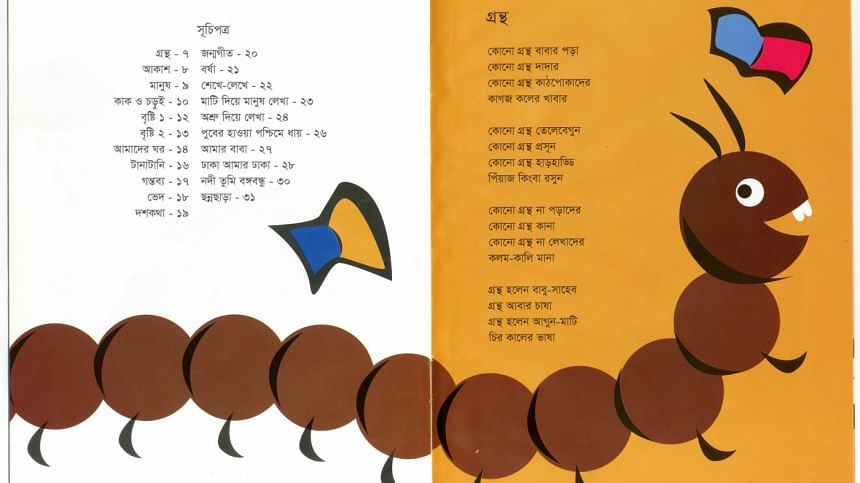
Hattima Tim Tim
Tara mathey parey dim
Tader khara duto shing
Tara Hattima Tim Tim
I cite these immortal lines from Jagindranath Sarkar's 'Hashikhushi,' published back in 1897. It was where the author included a group of popular folk rhymes, including a few of his own. This verse, immortalised by Sarkar, especially through inclusion into print, has over the years become a huge part of the Bengali literary heritage, influencing children of every generation, including myself. This particular rhyme is extremely important to me, perhaps because it introduced me to the colourful world of the Bengali language, and developed an innate love for wildlife, whether real or imaginary.
As an adult today, I know that my most favourite nursery rhymes mostly made no sense at all, because it was speaking about make-believe characters that had no presence in real life. And yet again, as an adult, I also know that nursery rhymes are meant to be magical; its logic and aesthetics built in such a way that it resists the traditional way logic seeks to present itself.
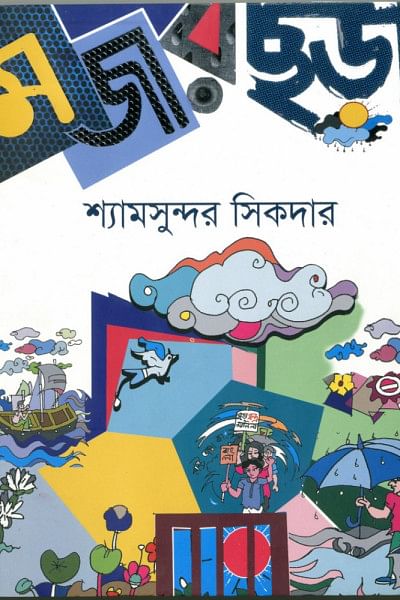
Khokon amar kaadena
Juju esheche
Jujur haathe mota lathi
Daway bosheche
Kaak palao, cheel palao
Aar palao ki?
Murgi bole bhoy korina
Ghomta tenechi
— Kaji Latifa Haq
Its' true that while growing up, I had the privilege to grow up in the suburbs, which meant a lot of exposure to farm animals and household pets. Every vacation involved making friends with these living beings and developing a special kind of compassion towards them.
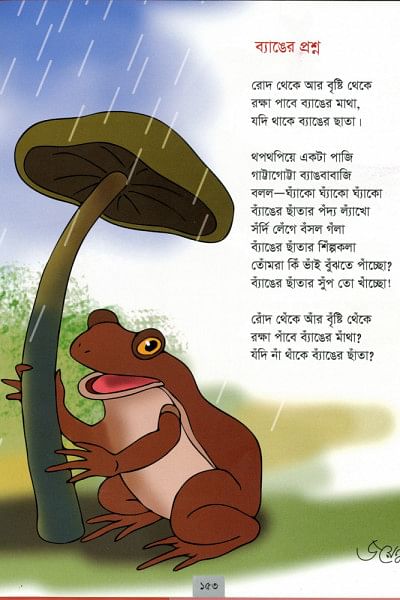
Why nursery rhymes?
Children develop literacy skills at birth, and for some time before they learn to read. Here's how "Hattima Tim Tim," could help in the learning process:
Literacy:
Dim and Shing. Rhyming words help children pick out smaller sounds that make up language.
Speech:
Repetition helps develop pronunciation.
Vocabulary:
Kids learn to count: ek, dui, tin. Hattima tim tim er duto shing. They also learn complex words like mathey pare dim. Can be related to the hens and ducks and taught how 'Hattima tim tim' may be of the same breed.
Fine motor skills:
Acting out with fingers pointing upwards and representing the shing.
Social skills:
Acting it out together with parents or other friends.
Nursery rhymes are fun, easy and impactful. By introducing them to our young ones early on, we encourage improved literacy and articulation.
And while all families have few big issues to discuss at every gathering, ours was mostly about the birds and animals surrounding us. Instead of cricket or politics, my mother and I mostly talked about how my favourite hen laid eggs or the bees formed into a group to protect their produce – honey. These discussions, which we called 'small talk,' today were made every day since my toddler years.
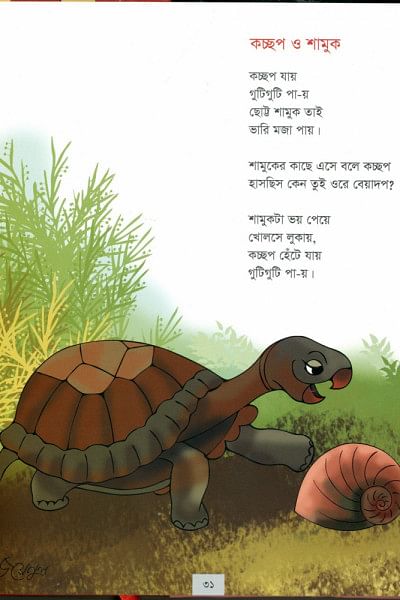
Tiye pakhir biye hobe
Shajte bosheche
Lal tuktuk Gaye onek
Goyna poreche
Alta diye paa duti tar
Ranga koreche
Taina dekhe moyna pakhi
Gaan dhoreche
— Lutfor Rahman Sarkar
At every family gathering, there's a favourite discussion amongst members and it was not any different in ours. None of the Eids were or even are complete without making reference to one special story and episode.
Today, this, is even discussed with my children. The grandparents make it a point to let my children know about my obsession with nursery rhymes and hence with birds, bees, and all kinds of animals.
So, here's how the story goes; my father wanted to make me a wooden rocking chair and colour it pink for me when I was four. To his annoyance, I threw a tantrum immediately because I wanted the rocking chair to be shaped as a parrot based on my favourite rhyme and coloured green. What happened next need not be disclosed here, but much to my parent's displeasure, I had to be wooed in with a replacement that involved a cute furry animal.
This may have been my personal story with rhymes, as everyone has their own. But at the end of it all, one thing is for sure; these very nursery rhymes evoke immediate nostalgia and maybe even had a huge impact on my becoming.

 For all latest news, follow The Daily Star's Google News channel.
For all latest news, follow The Daily Star's Google News channel. 



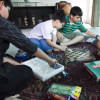




Comments